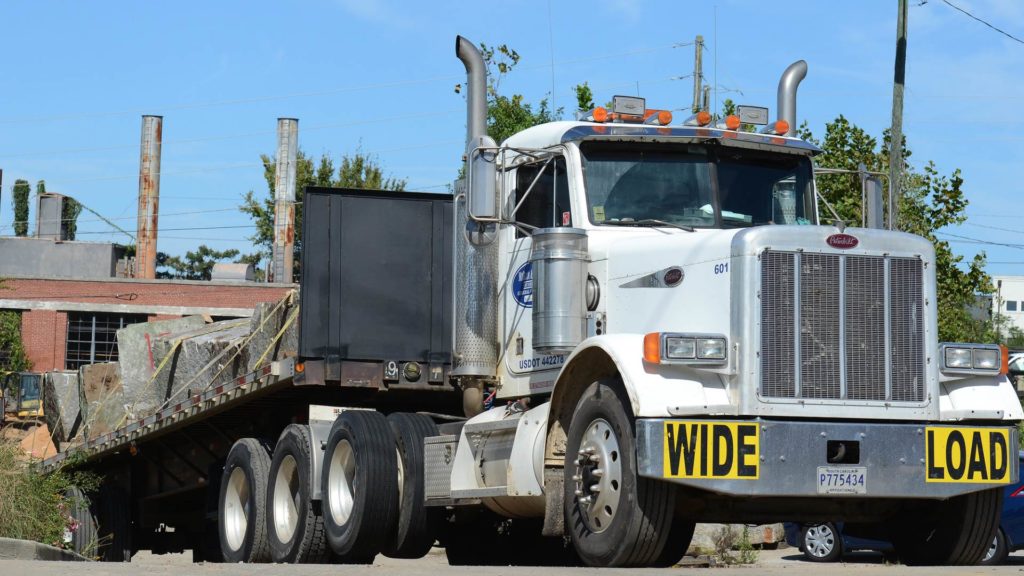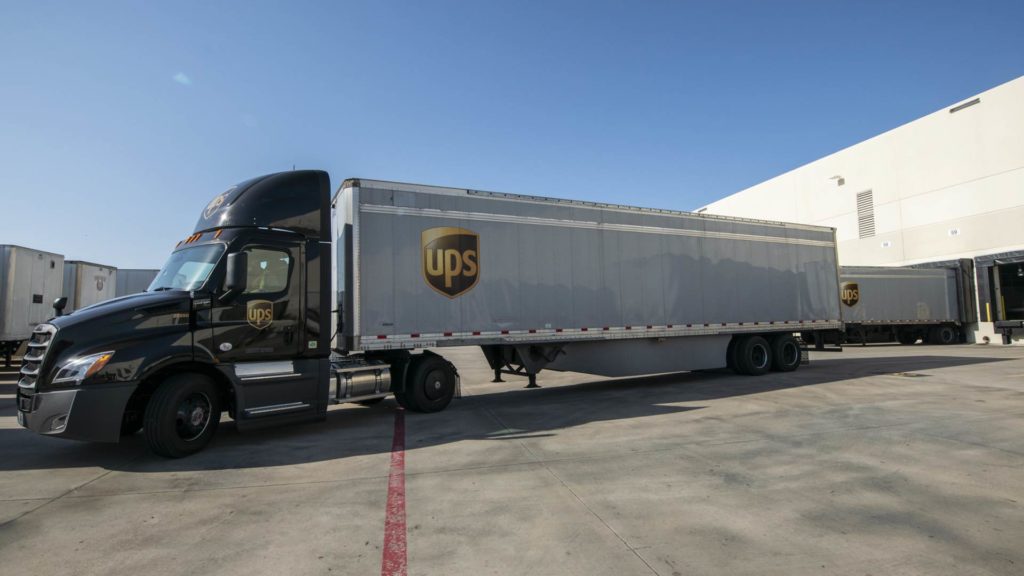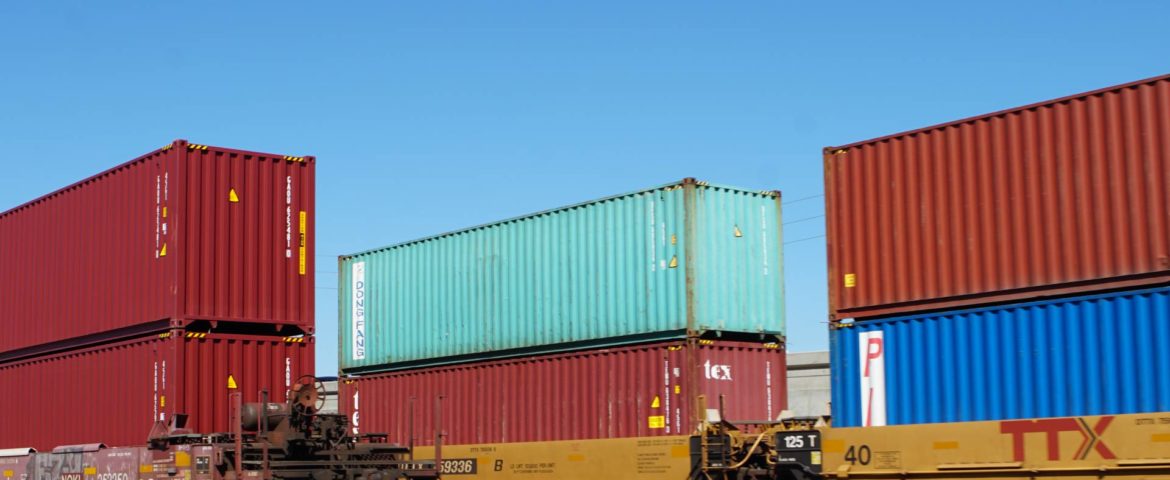How does cross-country shipping work? What cross-country shipping options are there?
Cross country shipping, whether pallet or a full truckload, is a critical component of small and large supply chains. Services can further be broken down into airfreight LTL, over the road LTL, dry van, container, flatbed, tanker, etc on the truckload side.
A significant portion of US freight travels well beyond 1000 miles, from origin to destination. Shipping imports from Los Angeles to New Jersey would be an over 3000 mile journey.
Cross country shipping can be expensive depending on shipment details. Certain origin/destination pairs can be much more expensive than others, and rates can fluctuate as market conditions change throughout the year. Rates will also be determined by the load you are shipping. For most businesses that ship regularly, this is well understood, but for smaller businesses that typically ship locally, long haul shipping can seem expensive with multiple options and providers to choose from.
For LTL freight – which would generally be under 8 or 10 pallets, service will typically be provided by a third-party logistics company that leverages their volume with the larger LTL carriers or through LTL carriers directly. At first it might seem that using LTL carriers directly will result in better rates or service, but this is not always the case, as many times 3pls can leverage their volume for rate discounts that the carriers would be unwilling to provide smaller shippers directly.
LTL freight will vary significantly in rate depending on the lanes, volume, and weight. Many times LTL customers want liftgate service if a loading dock is unavailable at their shipper or receiver. Liftgate service is rarely a problem, but make sure this is discussed ahead of time.
LTL almost always operates through a hub and spoke model, where the freight will be moved from one truck to another at major consolidation and sorting points in the network. LTL cross-country shipping will generally be a bit slower than full truckload since there are intermediate stopping points involved.
There are times when shipping FTL is more cost-efficient, a lane analysis would be needed, but depending on the number of pallets and specific lane, FTL can be cheaper or nearly the same price as an LTL shipment and provide quicker service time.
Cross country FTL shipping Service
There are literally thousands more FTL carriers than LTL carriers, with many owner operators and smaller trucking firms that operate long-haul lanes. Just like LTL, long haul cross country full truckload services will vary in service interval and price depending on the type of FTL equipment needed and the specific lane and time of year.

Certain times of year are much busier on specific lanes, with freight volume generally rising from early September to early December as retailers are building up inventory for holiday sales. Other more agriculture-based locations will experience peak season pricing during harvest times, as fruits, other produce and grains for example need immediate shipping to move to a buyer or consolidator.
The most common type of full truckload equipment is the dry van- which is the common tractor-trailer that is so ubiquitous. Many other types of FTL equipment are available for other types of cargo. For example, hopper trailer to move aggregates like grain or plastic pellets, flatbeds for machinery, steel, stone or often other building materials. Tankers are also common, but more niche to individual shippers and specific types of liquids.

Cross country Intermodal Services
Intermodal is most effective on long-haul cross-country lanes between metropolitan areas or ports. For example, a significant portion of imported freight that lands in the Ports of LA/Long Beach will move via intermodal rail service to inland hubs like Chicago, Memphis, Atlanta, New Jersey, etc.
Using intermodal in this way provides a major cost reduction for shippers, as intermodal is typically 10-25% less expensive than over-the-road trucking on longer lanes.
Intermodal also is a different carrier base, meaning that when capacity is scarce from FTL over the road carriers, intermodal can be another source of capacity to keep freight moving.
Many smaller shippers have little experience with domestic intermodal shipping services, but intermodal is a very similar process to over the road. Typically for smaller shippers, a door-to-door service model is used, which other than a slightly slower transit time, differs little from over-the-road FTL shipping.
Planning Ahead
One of the most important aspects to reducing costs and having better service across your shipping lanes is to communicate ahead of time expected volumes with both LTL and FTL carriers. Depending on the volume you ship, this can make a difference as your shipping partners can make sure assets are earmarked for use on your lanes when needed, or when entering periods of increased shipment volumes.
Mode and Supply Chain Resiliency
The ongoing covid-19 pandemic was a global stress test of supply chains both small and large. Many supply chains, arguably nearly all, have experienced some form of disruptions from the effects of the pandemic whether directly or indirectly. In order to maintain reliable and efficient transportation within your supply chain, working with multiple partners, both on the supplier and transportation side is advised. Disruptions will happen, but having backup plans and contingencies thought out will keep your product moving to customers.
A much greater emphasis is now on supply chain resiliency, and mode diversification – like adding intermodal into your supply chain transportation mix. This reduces your exposure and risk to rate increases and capacity shortages.
Zmodal makes shipping intermodal easy and fast. Whether you want to work with our team on a lane analysis or get a quick rate quote. Get in touch or get a quote!



